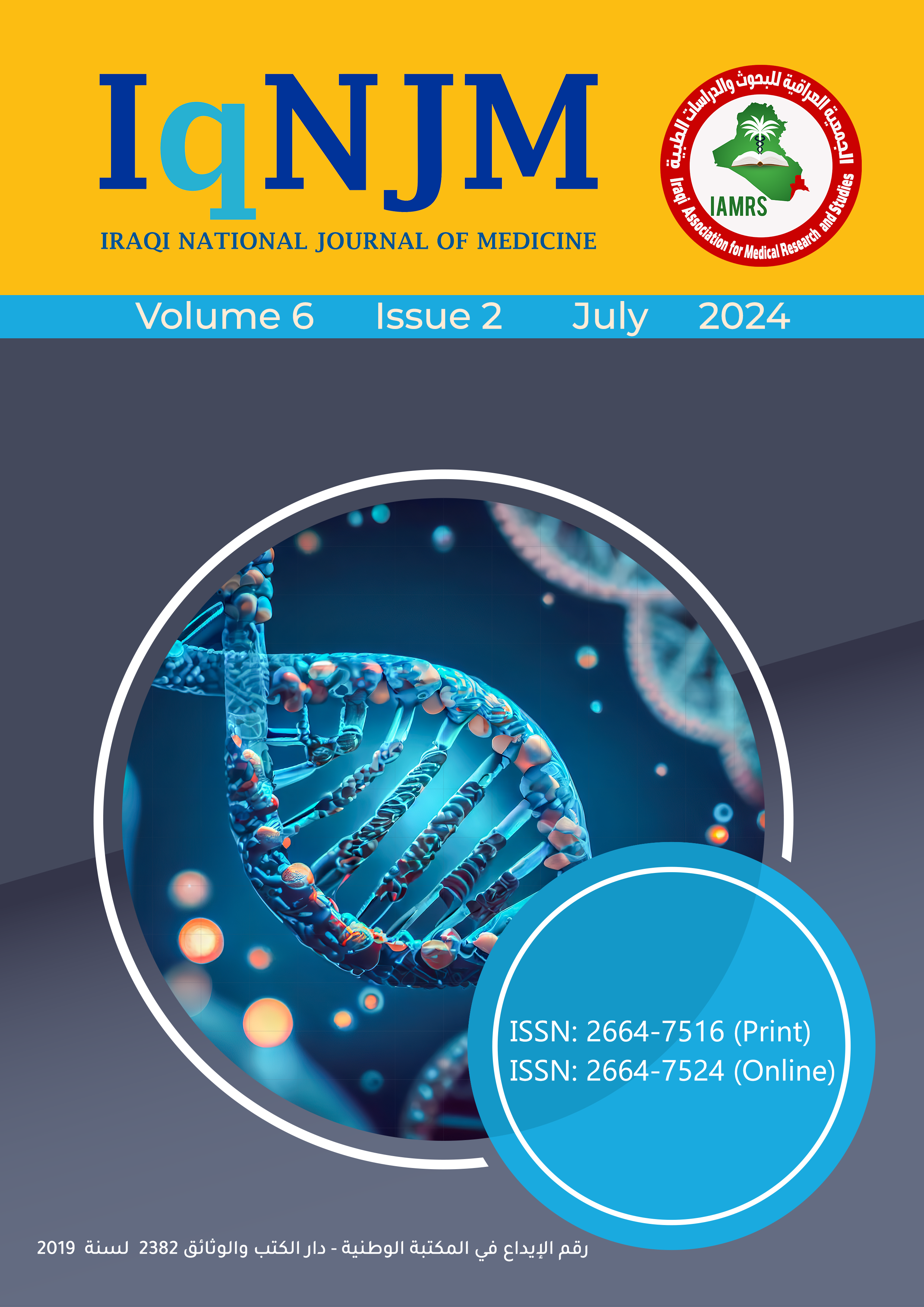Abstract
Background: In exploring novel avenues to assess cardiac health, this study investigates the potential of retinal vascular signs (RVS) as an effective tool for predicting coronary artery disease (CAD) in elderly hypertensive patients who present with angina pectoris. Considering the rising prevalence of cardiac disorders, there is an increasing interest in using noninvasive imaging modalities for early cardiovascular disease detection. This study conducts a comprehensive analysis to establish a direct correlation between retinal microvascular alterations and the development of heart disease in hypertensive patients. Methods: A total of 70 elderly hypertensive patients with acute angina underwent coronary angiograms and were divided into two groups (case and control). Each patient underwent ultrasound of the carotid artery and pulsed Doppler flow of the ophthalmic artery (OA). The severity of coronary artery stenosis was determined using the Gensini score (GS). Significant CAD was defined as the confirmed obstruction of more than 75% of one’s main coronary arteries. Results: The mean systolic velocity/mean diastolic velocity (MSV/MDV), pulsatile index, and resistance index in the Doppler flow of the OA were found to have significant and independent correlations with carotid intima-media thickness (c-IMT). Additionally, MSV/MDV was found to have a significant and independent correlation with the GS, and retinopathy was significantly associated with coronary artery disease (p = 0.05). Conclusions: Changes in retinal blood vessels caused by hypertension are confirmed as excellent predictors of coronary artery disease and a useful screening tool for the same, particularly in primary healthcare centers.
Keywords
coronary arteries
hypertensive retinopathy
ophthalmic artery
retinal vessels
